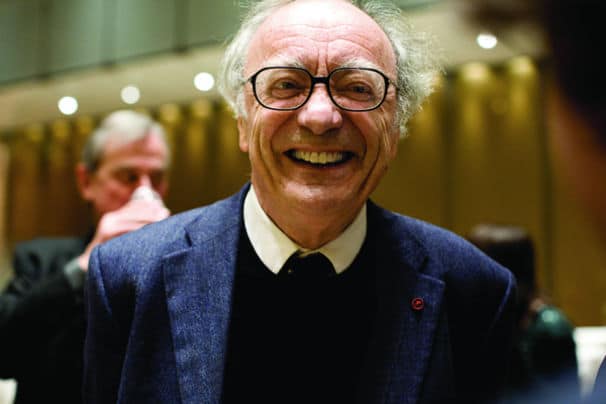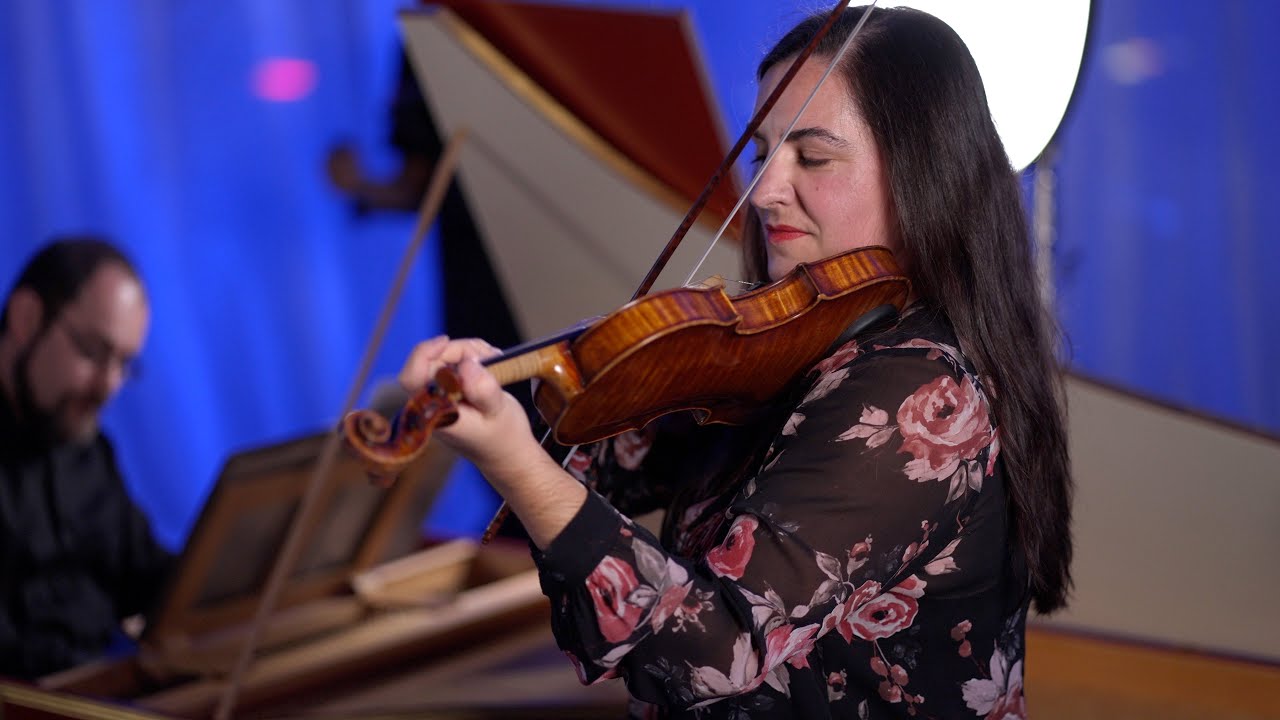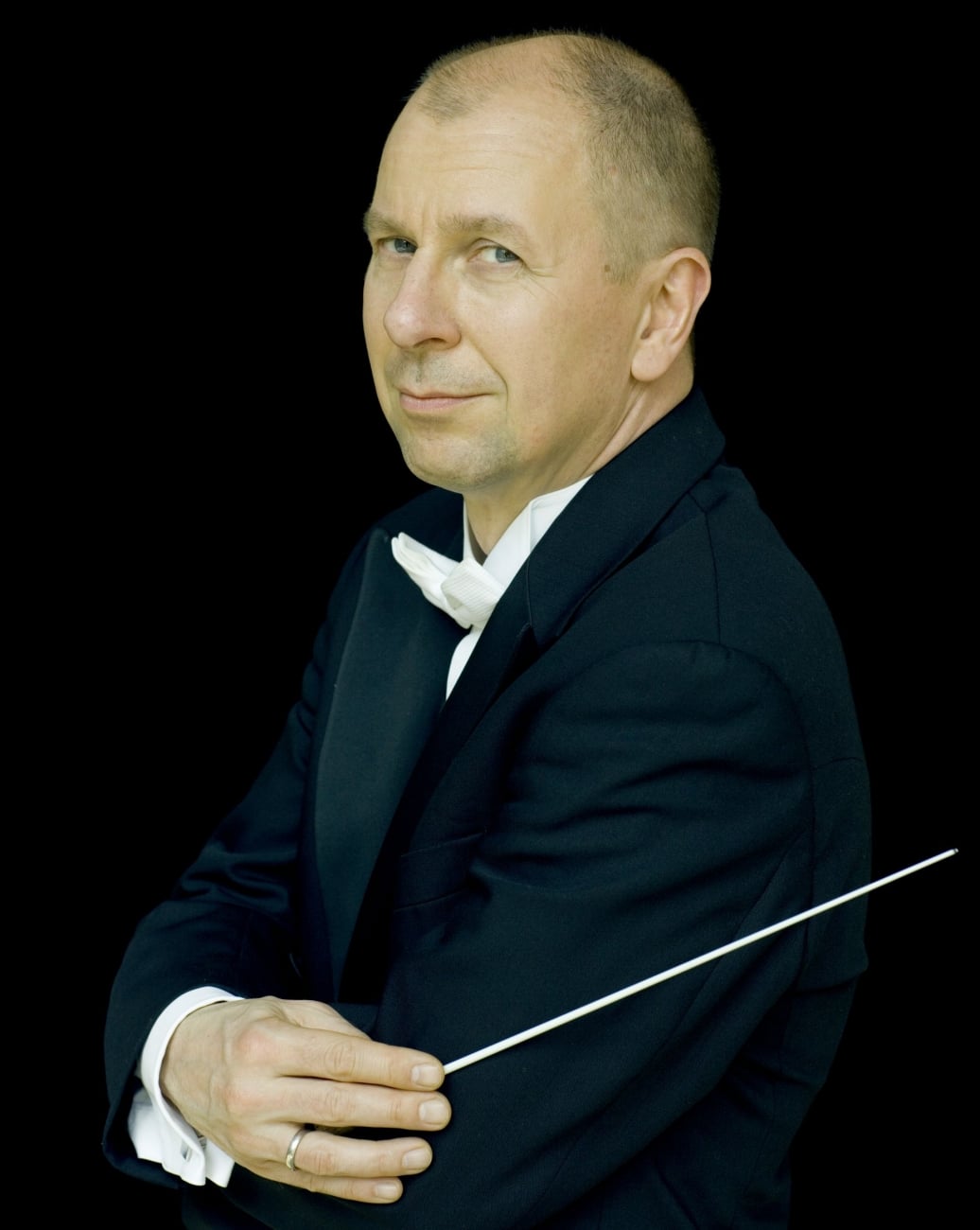The crazy inflationary spiral of ‘the finest viola in existence’
mainSotheby’s are hyping up the late Peter Schidlof’s Stradivarius for a $45 million sale, with uncritical assistance from the New York Times and other unquestioning mass media. The instrument’s history has The Dutch composer Leo Samama has contacted Slipped Disc with the viola’s family history. Here’s his account:
The MacDonald viola by Stradivarius was purchased by my late father in 1961 at Max Möller’s in Amsterdam for some 300,000 Dutch guilders (US$ 82,872 in 1961 values) and given on loan to be used by Peter Schildlof.
In those days my parents owned several Stradivarii, which were used by some of the great Dutch musicians of the day. Later, in the seventies, Peter asked my father as a friend since many years to sell the instrument to him, which my father did for the same price as he had paid Möller….
As I said: just to put the records straight. My father died in 1992, Peter in 1987. So someone had to tell the story….
On these figures, this ‘priceless’ and ‘finest viola in existence’ changed hands for less than $100,000 around 40 years ago. How is it possible that it should now be worth $45 million? It makes no economic sense at all.






Itzhak Perlman was the guest on this week’s “Wait, Wait, Don’t Tell Me” on NPR (he got 3 out of 3 correct, by the way, winning Carl Kassel’s voice on someone’s answering machine), and was asked which would sound better: the world’s best violinist playing the world’s second-best violin, or the world’s second-best violinist playing the world’s best violin.
He answered emphatically that the playing is more important.
What self-respecting musician would respond differently? Even though I obviously agree with his statement, I must point out that it does not answer the question posed, because we don’t know what is the difference between Nos. 1 and 2 in this scenario. For example, if the difference between the two best instruments is much greater than that between the two best players, then the result might be a draw.
Fascinating background information from Mr Samama, which certainly makes one wonder where exactly the magic figure of $45 million comes from, particularly if you consider the sale of the ‘Lady Blunt’ Stradivarius which went for a cool $15.9 million.
Significantly as far as valuations go, the ‘Lady Blunt’ is considered to be in pristine condition, something which certainly added to the thrilling experience of seeing it in the flesh at the recent wonderful Ashmolean Museum Strad Exhibition.
Yes, there are only a dozen or so Strad violas, but I find it hard to believe that scarcity value alone would add up to another $29 million on top?
It is branding to create a feeding frenzy for the billionaire who cares less for the art and more for the possession and later resale at a higher price of something that the ‘market’ is manipulated to value. Recall the Damien Hirst shark in a formaldehyde filled tank with the fancy moniker, “The Physical Impossibility of Death in the Mind of Something Living” that Charles Saachi commissioned and funded and then resold for a reported $8 million to Steve Cohen. It was later sold through Sotheby’s for over $17 million. That’s an egregious example (though nothing like selling a false war). I recall seeing the installation at the MET. By that time the shark had decomposed and been replaced, and I wondered why an such sophisticated buyers had never demanded a warranty or return policy.) Maybe it should have been called “The “Physical Impossibility of Art in the Mind of an Advertising Shark”.
I played quartets a few times with a very bad amateur violinist who owned a georgeous Guarneri. Sounded horrible. Fine violin didn’t help at all.
The Fed is printing money 24/7, backed up by NOTHING. At this rate, soon 45Mil will look like a steal.
excellent point James! shame that everyone is so hesitant to pick up on it. you are the only one to answer Mr Lebrecht’s question.
and Norman, it does make economic sense if you look at the whole picture.
As I posted on viola.com this week:
“Co-founder of the famed Amadeus Quartet, Peter Schidlof was a terrific violist and a real gentleman. We’d somehow heard about each other’s instruments through the viola grapevine, so when I played in London as a member of the Fine Arts Quartet during the late 1970s, Peter and I met backstage after one of their concerts. I’d always been a fan of the Amadeus, formed in 1947 (one year after the Fine Arts) and I made sure to bring my 1781 J.B. Guadagnini along for the occasion. After their concert we exchanged violas backstage for an unforgettable play-fest. Though my 15 13/16” Guad was a bit smaller in body length than his gorgeous Macdonald Strad, both instruments were in a remarkable state of preservation. We grooved on each other’s instruments that night, as viola solos by Debussy, Brahms, Smetana, and Beethoven got a thorough airing. It ended when we were literally kicked out of the hall by the ruffians in charge of Wigmore. Cries of “Out ye’ go” continue to ring in my ears.”
This from an amateur violist, owner of a lovely Goffriller viola, who studied briefly with me some years ago. When I mentioned playing it in the late 1970s, he wrote the following. Note well it’s asking price in 1958.
I too have played the Macdonald. In 1958, it was for sale at Wurlitzer for $50,000. I was looking for a fine viola at that time, and Wurlitzer, in an effort to ingratiate themselves with me, let me play it, even though my budget was $6,500. I have never forgotten the few minutes I played that viola. It had an unforgettable superb tone. I didn’t buy anything at Wurlitzer, but did go to Connecticut and bought my Goffriller from Emil Herrmann for $10,800. I have never regretted that.
Chalmers Smith
Yes, but where has the viola been since 1987?
!st sentence was meant to read: “It is branding to create a feeding frenzy for the billionaire who cares less for the art and more for the possession and later resale at a higher price of something in a manipulated market.”
4th sentence should have said: “By that time the shark had decomposed and been replaced, and I wondered why such sophisticated buyers had never demanded a warranty or return policy.”
Revise 5th sentence to say: “Maybe it should have been called “The “Physical Impossibility of the Existence of Art in the Mind of an Advertising Shark”.”
Oh, well.
The press don’t seem to have really cottoned onto the crux of the matter (and to be perfectly honest, they can’t be blamed for that after Sotheby’s rather tasteless press-release, which managed to miss just about every point that is central to its sale.)
However uncomfortable we feel about a sale at excess of $45million, it will not sell for the sake of owning a viola, but for the ‘achievement’ of owning a complete string quartet of instruments by Stradivari. Upon that logic, it makes cold hard sense to pay as much for the viola as one might for the rest of a quartet of comparable Strads if you think that such a thing is important. It is most unlikely that another viola will enter the public market ever. It may even make sense to pay considerably more than the asking price, because this is the only chance you’ll have to assemble such a quartet.
At the end of the day, the result for the MacDonald should be unique and an exception. It is the last remaining golden ticket to owning a complete functioning quartet. The starting bid has already been described as roughly three times the price of comparable violins. The legitimate fear is that after the even, the final price will also be taken to represent the price of comparable violins by a factor of three. It shouldn’t, but markets can be irrational like this.
To date, any inflationary jump in Stradivari prices has had a trickle down effect on all kinds of violins. We can’t change the way that prices have gone, but perhaps, for the sake of our sanity, this sale – at so absurd a price – will finally separate the market for the 100 or so finest examples by Stradivari and del Gesu coveted by ultra-rich collectors from the musically driven market up to most (slightly battered) Strads.
Maybe I’m being naively hopeful, but for the sake of a musically driven market, I hope I’m right.
I appreciate this insight into the background of this unique instrument and I agree, that the sale of the MacDonald Stradivarius viola has been hyped beyond anything acceptable or reasonable. It is clear that Sotheby’s marketing department went into high gear for this and was obviously working from a PR template, complete with press releases and the implication of supposedly neutral outside musicians and journalists. If this does indeed sell for $45 million, then this will set a very bad precedent for all other great stringed instruments, as they will now go so far out of the realm of reality and accessibility, which many already were, that few will ever hear them again and few great musicians will ever get to play on them, as the insurance and risk of theft and damage will be too great. There is a risk that this viola will become, like the ‘Hope Diamond’, which finds itself in the Smithsonian Museum in Washington, D.C., under a shatter proof case, under constant CCTV surveillance, an object of fascination as opposed to a real playable musical instrument, to be enjoyed by a musician and the audience. I find this whole story depressing and a devious attempt to hype something to a price that will only satisfy the greed of a few individuals, but will, in the process, deprive the public and musicians of enjoying it as it was meant to be enjoyed and meant to be seen. By turning a great instrument into a financial curiosity, the instrument has lost its should and its normal relation to music and musicians and falls now in the hands of speculators and/or a museum. Sad story!
I’ve read that this viola’s previous sale price was 3 times more than the then-standing record, established by a Stradivari violin. I think I also recall hearing that the current record instrument price was another Strad violin which went for somewhere in the neighborhood of $15 million; perhaps the sellers have calculated its current value by plugging the new numbers into the old equation.
Imagine the insurance bill on a $45 million instrument — not to mention having to avoid creeps with stun-guns.
A Strad (or comparable) in a glass case in a museum is akin to a taxidermied specimen of an endangered animal. Yes, you can see what it looks like, but that’s not at all edifying. Put more simply: so what?